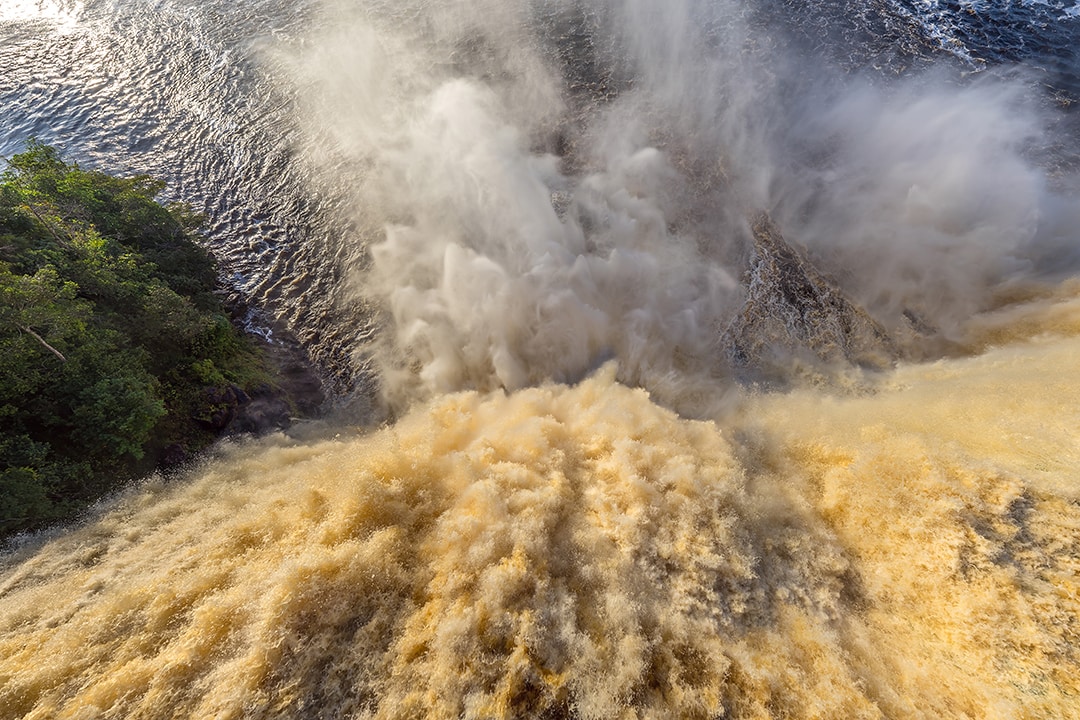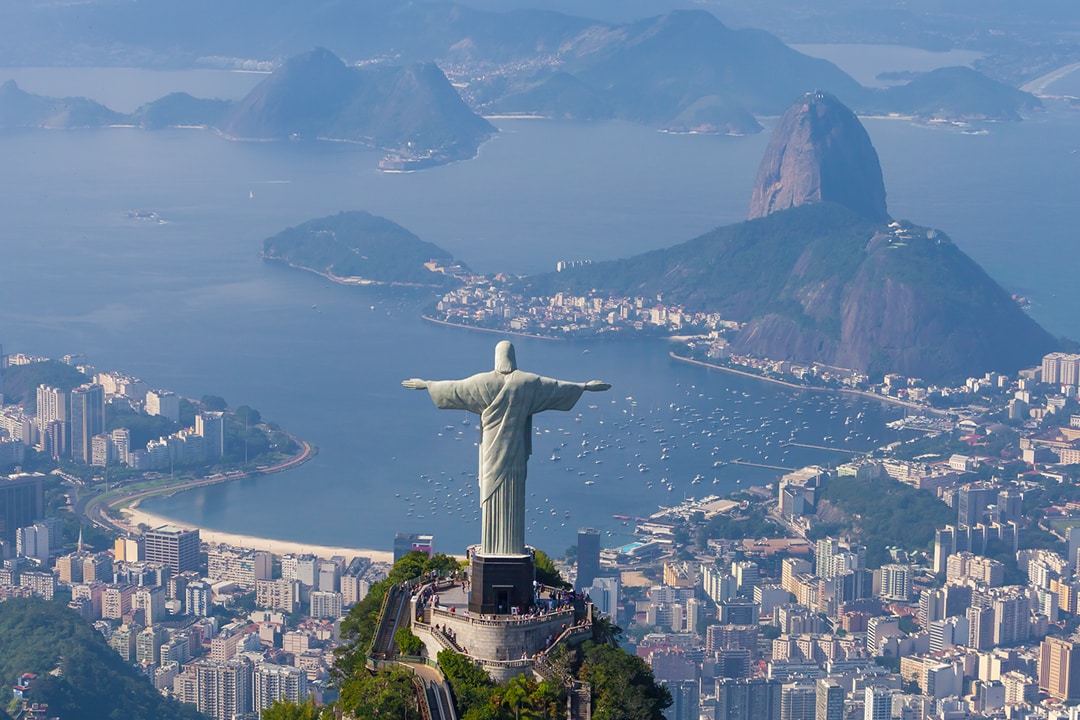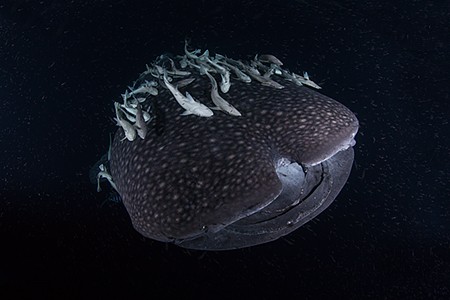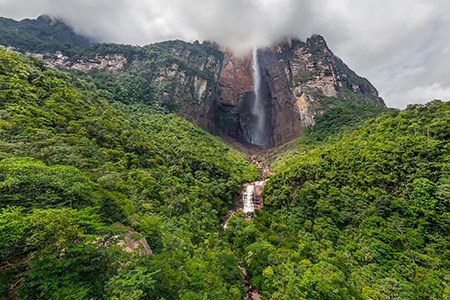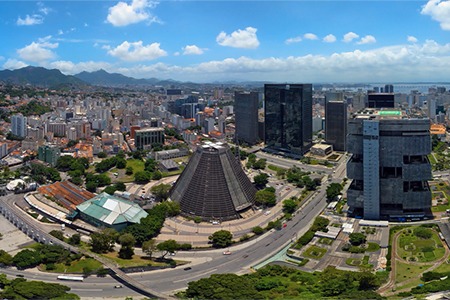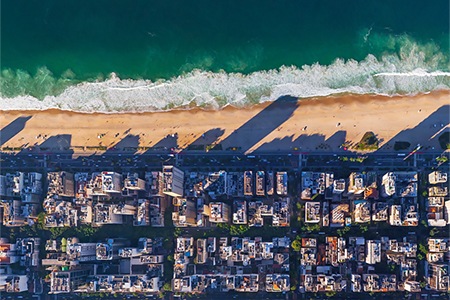Cusco, Peru
The AirPano team has already captured the sights of Peru, namely the ancient Inca city Machu Picchu. One more site, strongly connected to the history of the great and mysterious Inca Empire, is the city of Cusco, which is not of the less interest, but usually is regarded only as a stop on the way to the famous destination.
Still, there is something to appreciate this city for. While Machu Picchu was founded in around 1440, the first people inhabited the area of Cusco around 3,000 years ago. And the history of the city itself began in around the year 1200: the very first governor of the Inca civilization — Manco Capac — decided to found the capital here.

The name of the Inca Empire in the Quechuan language — Tawantinsuyu — literally means "Four directions, allied together", and "Cusco" is translated as "Centre of the World". Previously, the city had four districts: a north-western, a north-eastern, a south-western and a south-eastern, and each one had a road, leading to the corresponding part of the Empire.
At the period of prosperity Cusco was the perfect example for the tremendous Inca architecture. But it was not only about the status of capital; the city owes its development to one unusual tradition, that appeared during the reign of Pachacuti. When a ruler passed away, his title went to one of his sons, and all his possessions went to some other relatives. In this way every new Inca ruler had to build a new residence and gain new lands in favour of the Empire.

The first Spaniards came to the city on November 15, 1533 and, in this way, took control over the bigger part of the Empire. Four decades later the Empire utterly ceased to exist, and many historical and cultural monuments of the Incas were rebuilt. But nature took revenge on the conquerors in its own way: buildings and constructions of Spaniards were constantly ruined by earthquakes, while the enduring great constructions of the Incas easily survived.
In 1950, soon after another natural disaster, the issue about the restoration of affected colonial era buildings was brought up, but some part of Cusco citizens wanted to save the Inca heritage. So now the remnants of both cultures determine the look of the streets equally.
The square, which previously hosted the ceremonies dedicated to the Incan Sun God now is named Plaza de Armas and became considerably smaller. It is surrounded by the colonial era buildings, and many of them were created on the sites of former Inca palaces; now it is the place for numerous touristic offices, shops, restaurants and other features of the modern world. Some of the most famous monuments of this square are the Convent of Santo Domingo (St. Dominic) built on the site of the former temple of the Sun God and the Cathedral created on the foundations of the Palace of Viracocha Inca.

In addition, Cusco has two more interesting modern sights. These are the geoglyphs on the mountain slopes, which appeared as a result of the activity of the Peruvian army in the middle of the 20th century, and the statue of Christ, which was given to the city approximately at the same time. The monument is slightly smaller than its famous analogue located in Rio-de-Janeiro, Brazil.
One more interesting feature of this region is the Pisac fortress located 33 kilometres away from Cusco. By climbing the high steps, you can reach the ruins of an ancient temple, which possesses the sacred stone Intiwatana — an important worship element, dedicated to the Sun.

And 60 kilometres away from Cusco, on the way to Machu Picchu, another archaeological site is lying at the altitude of 2,792 meters — the Ollantaytambo, which once belonged to the great Inca ruler Pachacuti. The site includes not only temples, squares and palaces, but also a pool, terraces, storehouses and quarries. Actually, Ollantaytambo is one of the most well-preserved Inca settlements.

In 1983 Cusco together with all its heritage was declared a UNESCO World Heritage Site for being an outstanding example of architecture and an exceptional evidence of culture and civilization, illustrating an important part of the history of humankind. You are invited to visit these amazing places!
Photos by Dmitry Moiseenko and Stas Sedov
7 April 2016
Read more
Photogallery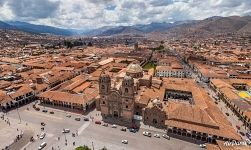 Church of the Society of Jesus
Church of the Society of Jesus
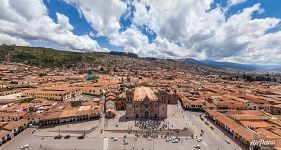 Cathedral Basilica of the Assumption of the Virgin
Cathedral Basilica of the Assumption of the Virgin
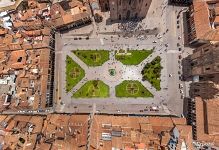 Plaza de Armas
Plaza de Armas
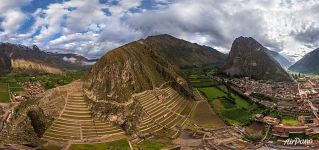 Bird's eye view of Ollantaytambo
Bird's eye view of Ollantaytambo
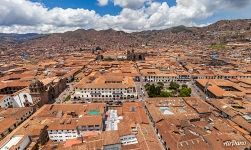 Bird's eye view of Cusco
Bird's eye view of Cusco
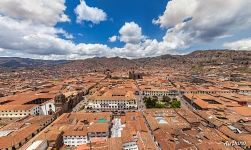 Aerial Cusco
Aerial Cusco
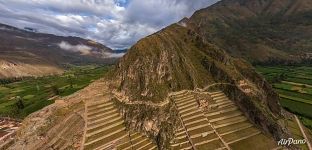 Ollantaytambo
Ollantaytambo
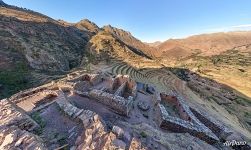 Pisac. Qalla Q'asa, the citadel
Pisac. Qalla Q'asa, the citadel
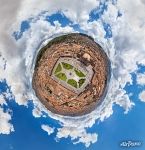 Planet of Cusco
Planet of Cusco
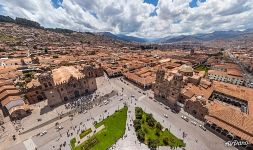 Sights of Cusco
Sights of Cusco
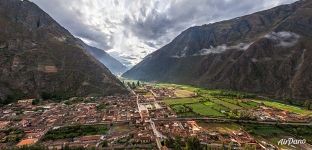 Ollantaytambo Town
Ollantaytambo Town
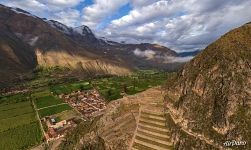 Inca temple complex of Ollantaytambo
Inca temple complex of Ollantaytambo
Virtual Travels in 360°
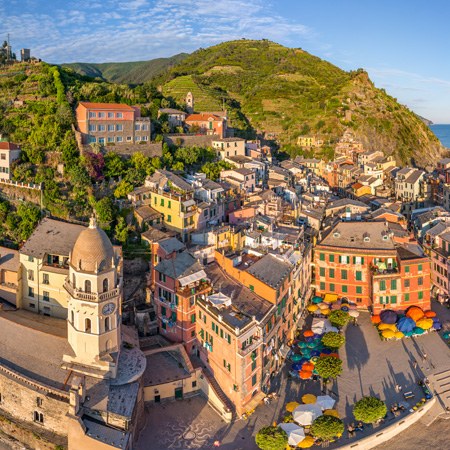 Vernazza, Cinque Terre, Italy
Vernazza, Cinque Terre, Italy
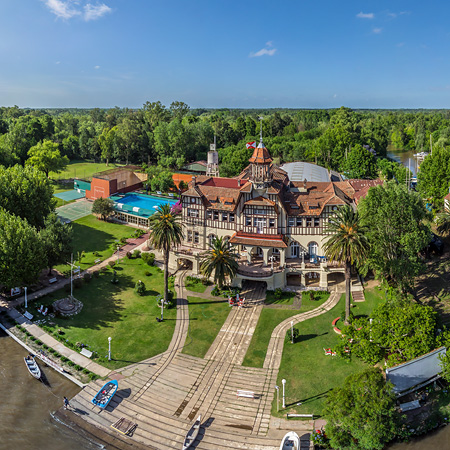 Tigre, Buenos Aires Province, Argentina
Tigre, Buenos Aires Province, Argentina
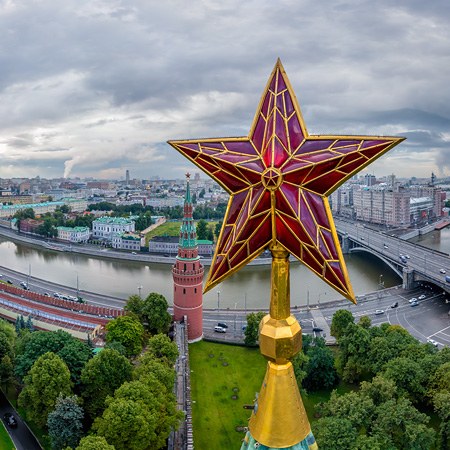 Bird's Eye View of the Moscow Kremlin
Bird's Eye View of the Moscow Kremlin
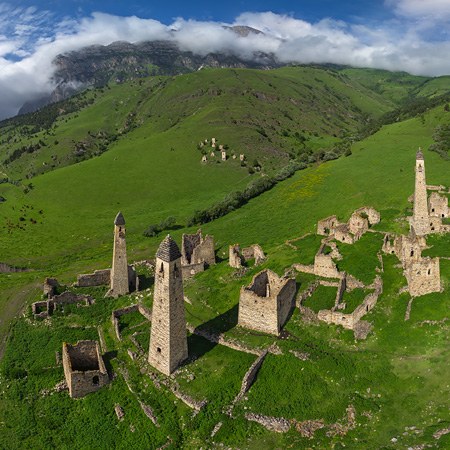 Old Watch Towers, Ingushetia, Russia
Old Watch Towers, Ingushetia, Russia
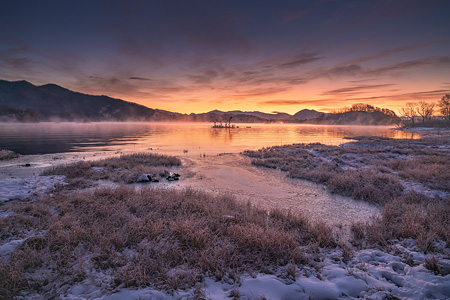 Fukushima Robot Test Field, Japan
Fukushima Robot Test Field, Japan
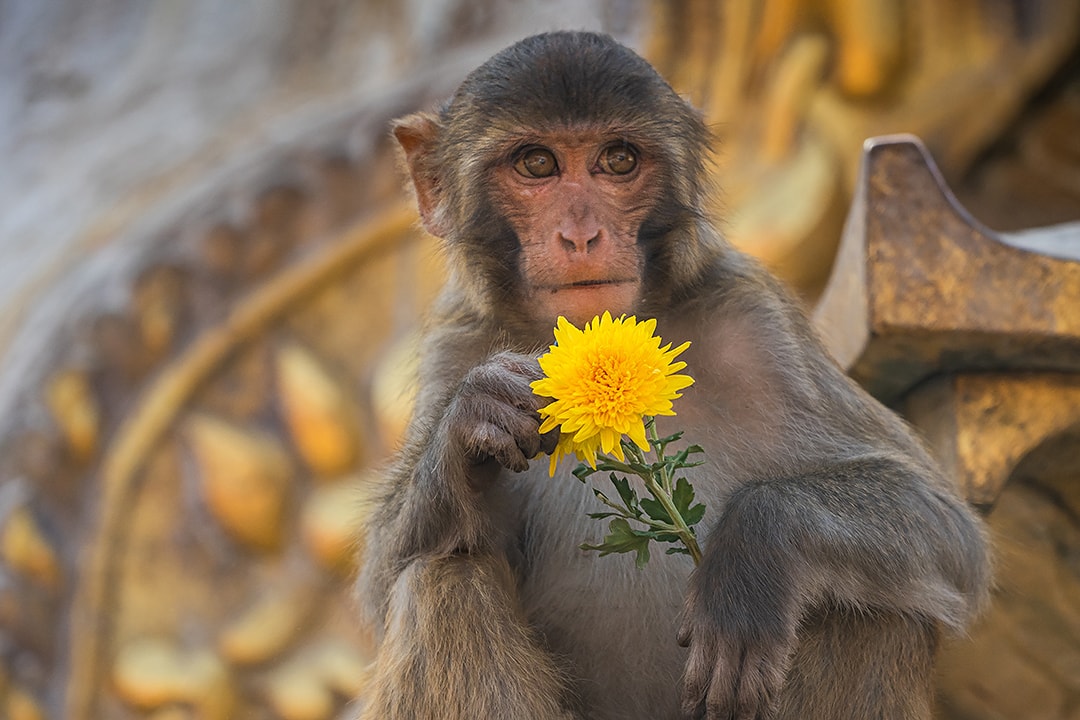 Swayambhunath, the Monkey Temple, Kathmandu, Nepal.
Swayambhunath, the Monkey Temple, Kathmandu, Nepal.
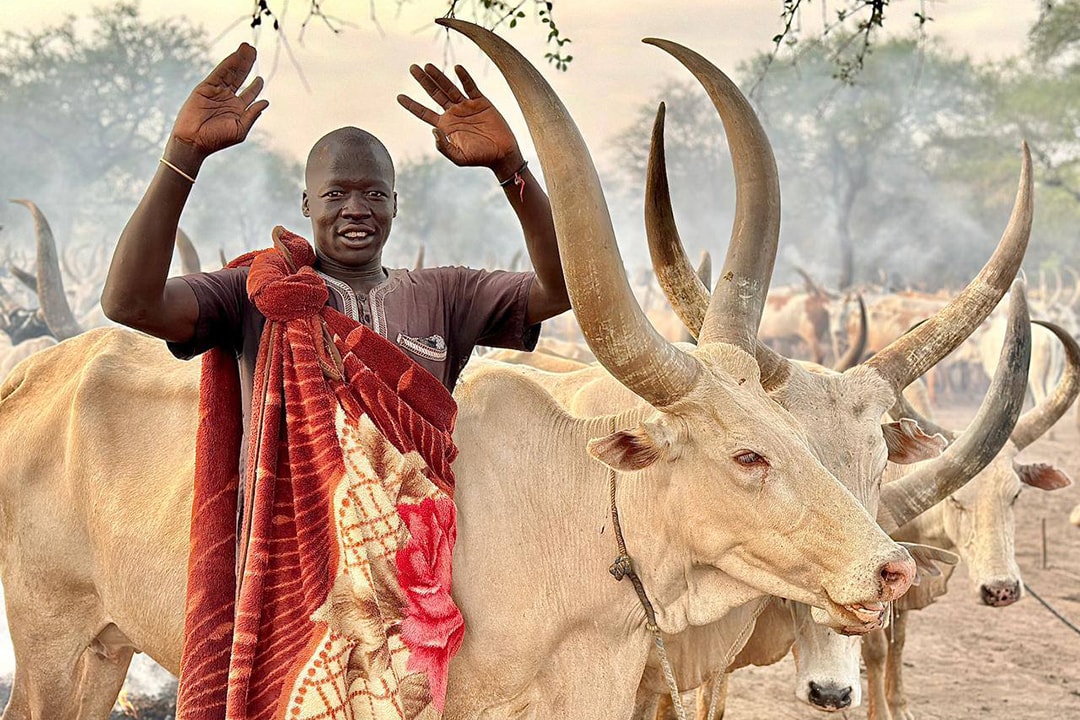 Tribes of South Sudan. Explore Africa in 360° VR. 4K teaser.
Tribes of South Sudan. Explore Africa in 360° VR. 4K teaser.
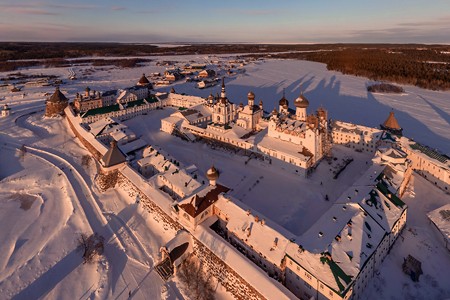 Solovetsky Islands, Russia
Solovetsky Islands, Russia
Show more



